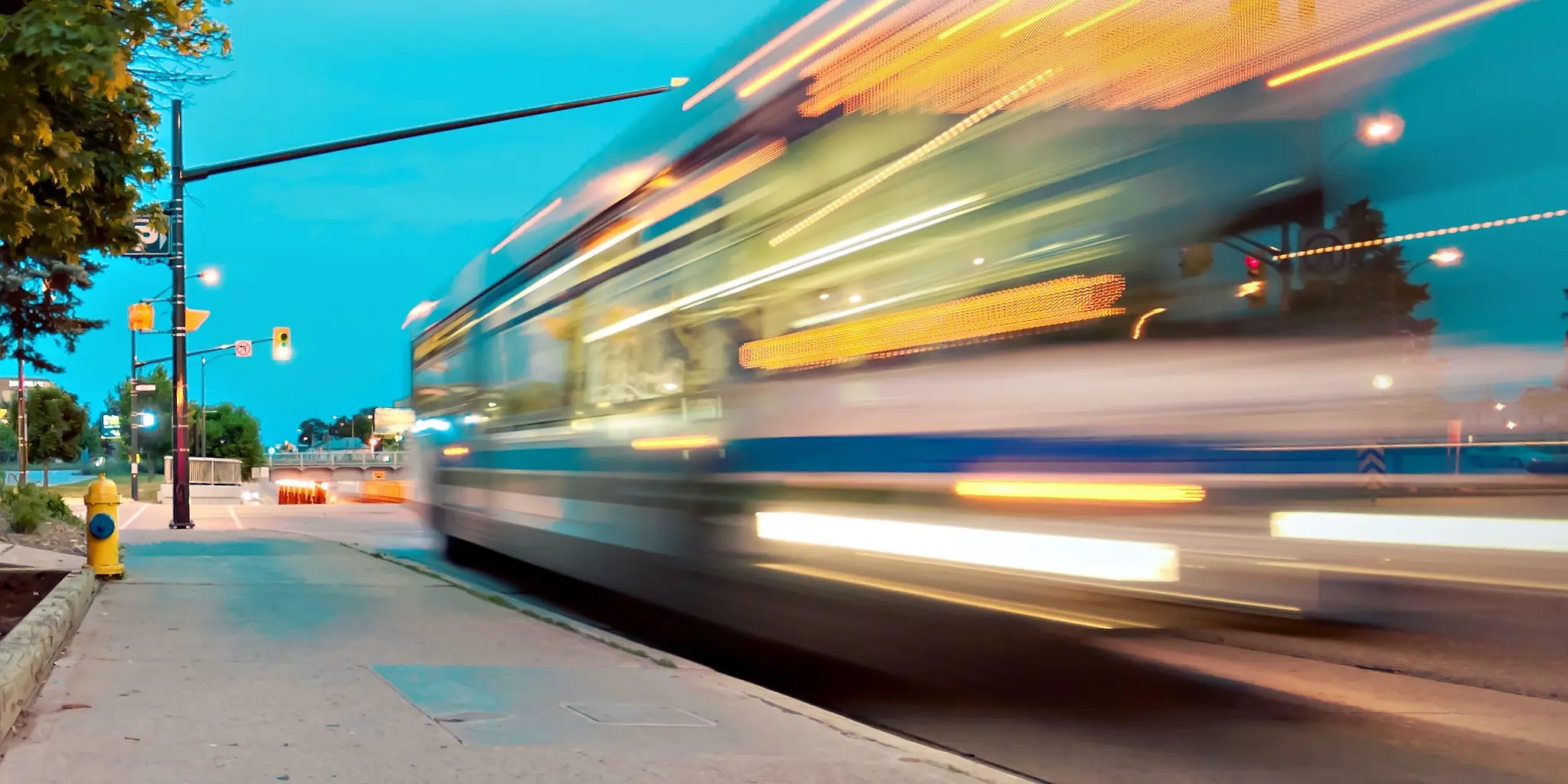Our vision ¶
For a sustainable environmentally friendly public transport network connecting communities nationwide where -
- travel is safe and affordable across all 16 regions of the country
- urban and regional public transport networks and services connecting with each other
- there is a single payment/ticketing system across the country for easy travel
- public transport is integrated with active transport such as walking and cycling
- public transport is the easiest and affordable way to get around regardless of age, mobility or income level
What do we mean by public transport ¶
Public transport is subsidised 'turn up and go' urban, semi-rural, rural, regional and inter-regional buses/coaches, passenger trains, light rail, ferry services, cable car and other passive passenger transport modes. It also includes all the necessary infrastructure, train and bus stations, timetabling and integrated electronic signage.
Our main objectives are ¶
- establishing a 'not for profit' sustainable environmentally friendly 'turn up and travel' national public transport system connecting communities across all 16 regions of Aotearoa New Zealand
- a national open 'tap and travel' payment/ticketing system that is operative across all 16 regions of Aotearoa New Zealand
- a national information and timetable website and associated smart phone travel app that contains all 'turn up and travel' and 'book and travel' within and across all 16 regions of Aotearoa New Zealand
- a 'not for profit' national rail infrastructure entity to operate a national 'steel' highway that includes regional and inter-regional passenger rail connecting communities that currently have rail connectivity
- a national public transport state agency for the funding, planning procurement and guidelines for all public transport in association with the agency's city, district and regional council partners
- providing better passenger facilities and experiences for both 'turn up and go' and 'book and travel' bus/coach, train and ferry services
- removing regionalisation and commercialism from subsidised 'turn up and go' public transport services
Our secondary objectives are ¶
- for sustainable urban planning and development that includes public transport, cycling and walking using 'transit orientated development' concepts
- promoting financial subsidies to 'book and travel' bus/coach and train services to rural or isolated communities on a scheduled route that do not have established public transport or 'responsive on demand' riding sharing service/s
- increase use of bus lanes and bus priority traffic light signaling to be included current urban planning and renewals
